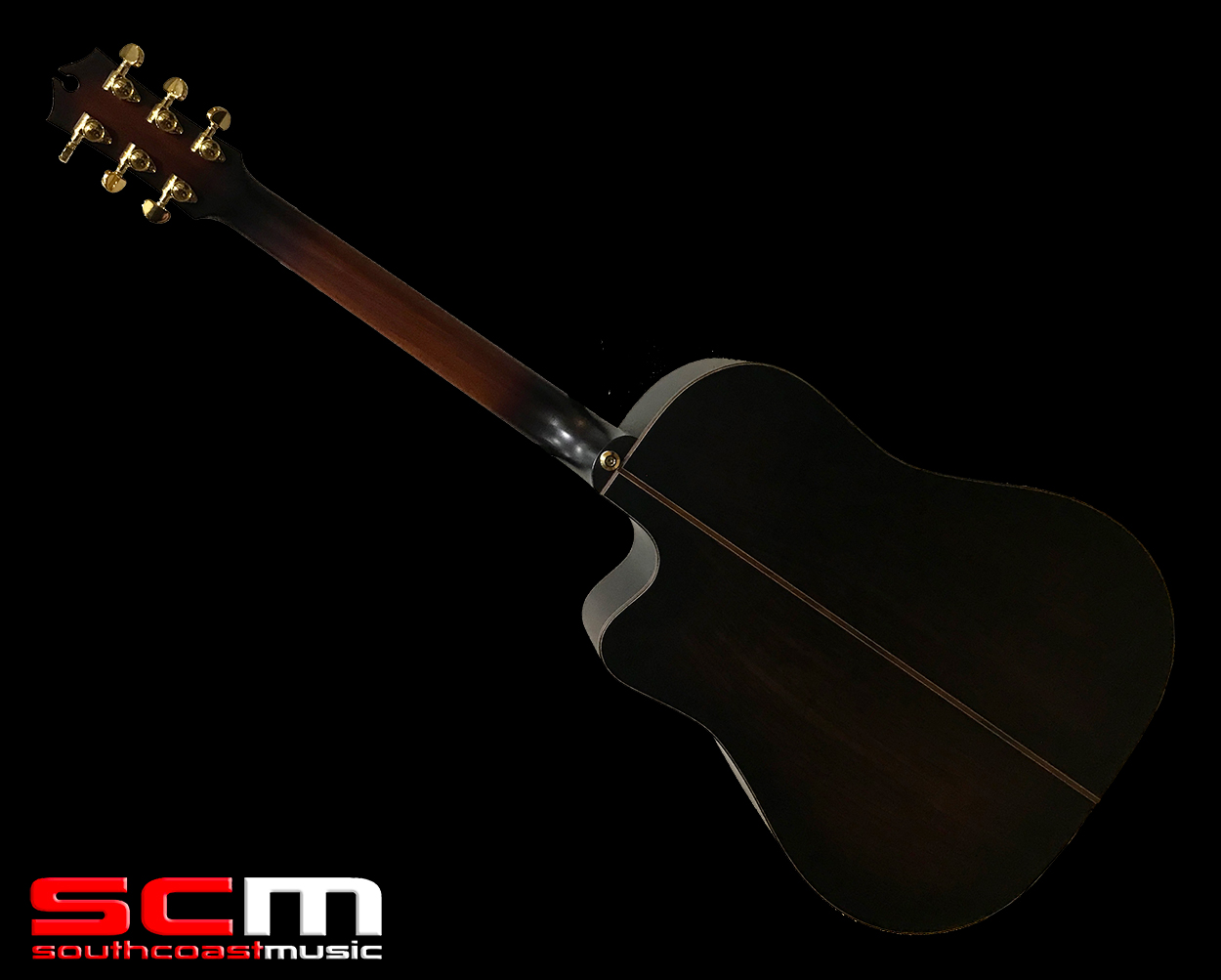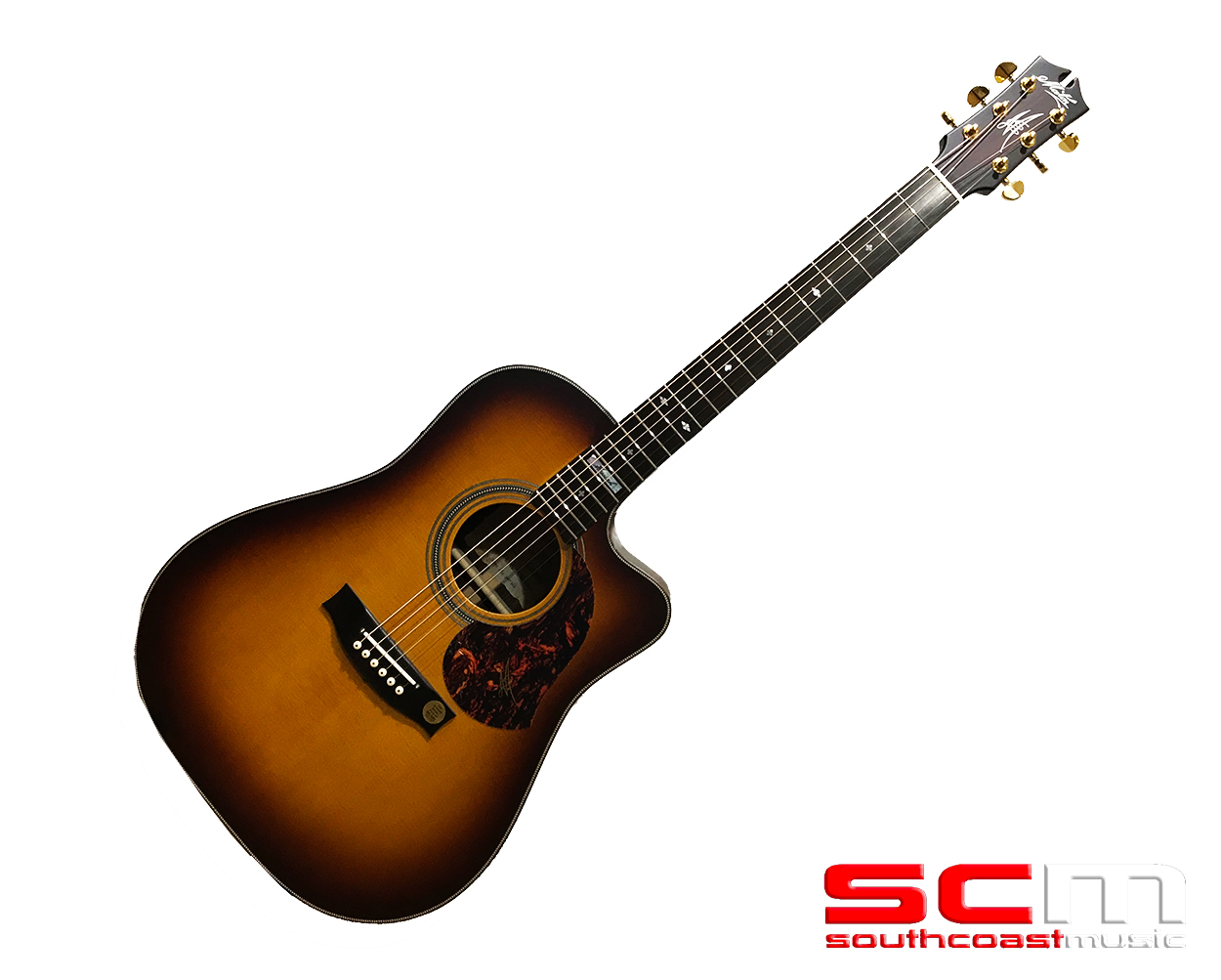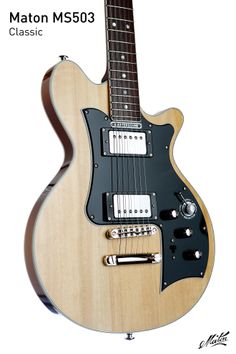| Private | |
| Industry | Musical instruments |
|---|---|
| Founded | 1946; 74 years ago |
| Founder | Bill and Reg May |
| Headquarters | , |
| Worldwide | |
| Products | Electric and acoustic guitars, ukuleles, guitar pickups |
| Website | maton.com.au |
A place to view, share and talk about vintage Maton Guitars & amps. Fyrbyrds, Ibises, Flamingos. All are welcome here! This is a fan group run by Tony Giacca from guitarnerd.com.au and is not. The engine serial number is on a metal plate attached to the block, typically found on the left-hand side of the engine. The position of the engine plate varies across different engine series. You can find the position of your plate using the table below. Engine Serial Number composition. Dating Maton Guitars For the acoustic guitars – it used to be printed on the label in the soundhole (e.g. 09/11 for Sep 2011) until 2015. As of Feb 2017 they working on an on-line tool. “re electrics.the ‘Serial Number’ for the electric guitars can be found on the back of the headstock, can be difficult to see as the guitar gets older. Vintage MATON OVERLANDER ACOUSTIC GUITAR Vintage Maton Overlander acoustic guitar. Serial number 111 (974) Made in Australia. I am not sure of the age as the serial numbers are hard to research. I would guess late 1960's to early 1970's. CONDITION- Guitar has some finish craze, scratches and some dings. Re: Maton serial numbers « Reply #3 on: September 30, 2010, 12:09:59 PM » I rang them a year or so ago and got all the details of my acoustic as far as timber used in construction.
Maton is an Australianmusical instruments manufacturing company based in Box Hill, Melbourne. It was founded in 1946 by Bill May and his brother Reg. The name 'Maton' came from the words 'May Tone' and is pronounced May Tonne.

Products currently manufactured by Maton include electric and acoustic guitars, ukuleles and guitar pickups.
History[edit]

The company was founded in 1946 as the 'Maton Musical Instruments Company' by Bill May and his brother Reg. Reg was a wood machinist, while Bill was a jazz musician, woodwork teacher and luthier who had for some years operated a custom guitar building and repair business under the name Maton Stringed Instruments and Repairs.
At first the company produced high-quality acoustic instruments for students and working professionals, aiming at providing good value for money and experimenting with the use of Australian woods. In the 1960s they expanded into electric instruments and instrument amplifiers, at first under the name Magnetone. The early catalogues noted that the warranties on amplifiers and loudspeakers were void if used in situations of 'overload or distortion', reflecting May's jazz background but incredible to modern electric guitarists of any style.
Maton established itself early on the Australian rock scene in the late 1950s, assisted by Australia's tariff regime, which made imported guitars far more expensive than the local equivalents. Maton guitars were used by many well-known Australian pop and rock groups including Col Joye & The Joy Boys. The company also made one of the first sponsorship deals in Australian rock, supplying Melbourne band The Strangers with a full set of the distinctive 'El Toro' model guitars and basses (notable for their outlandish 'horned' body shape) while the group was working as the house band on the TV pop show The Go!! Show in the mid-Sixties.
Maton earned international renown for their superb acoustic and electric guitars and basses, which have been played by scores of famous performers from The Easybeats to The Wiggles.[1]George Harrison owned one of their MS500 models, which were introduced in 1957 and famed British session guitarist Big Jim Sullivan owned and used a Maton 'Cello' guitar for many years during the peak of his career, playing it on recordings with Sarah Vaughan, Sammy Davis, Jr., Johnny Keating and his Big Band and Neil Finn from Crowded House.
Australian singer Frank Ifield also owned and used a Maton guitar, which he later had fitted with a custom-made scratch plate, made in the shape of a map of Australia. Frank gave this instrument to his guitarist Ray Brett when he returned to Australia, and it has been featured on an episode of the BBC programme Antiques Roadshow. Although these guitars are now normally worth around GB£2,000, expert Bunny Campione valued Ifield's guitar at between GB£10,000 and GB£15,000, because Ifield had used it in songs featured in a compilation album alongside The Beatles' first two singles.[2]
Easybeats lead guitarist Harry Vanda is probably the best-known Maton player of the Sixties, and his famous red Maton Sapphire semi-acoustic 12-string (which he donated to the Powerhouse Museum in Sydney in 1999) was an integral part of the Easybeats' sound throughout their career, and features prominently on hit singles like 'I'll Make You Happy'.
Australian guitarist, Tommy Emmanuel, owns many Matons and almost exclusively uses the BG808 acoustic model on his latest albums. Maton has even constructed a Tommy Emmanuel 'TE series' according to Tommy's specifications. His understudy Kieran Murphy also uses Matons. Joe Robinson plays Maton guitars and was the company's featured performer at the Frankfurt Musikmesse in 2009.[3]
Ben Harper and Jack Johnson use Matons. Renowned guitar instructor Justin Sandercoe uses Maton acoustic guitars.[4] Australian singer-songwriter Vance Joy regularly uses the Maton guitar The Maton Heritage ECW80[5]
Products[edit]

Current products manufactured by Maton include electric and steel-string acoustic guitars, ukuleles and guitar pickups. Some of them are:
- Maton JB6: a 1970s guitar that features a thin solid body, short scale 24 fret design, two humbucking pick-ups, two tone controls, one volume, in/out phase toggle for bridge pick-up and standard three way pick-up selector toggle switch. The body has double cutaways, set neck and heavy metal base plate supporting a stop piece and bridge for increased sustain.

- Mini Maton: Maton's small body acoustic guitar. It uses Maton's AP5 pickup system.
References[edit]
- ^Michel Bourgeau. 'Play your guitar with Murray'. Guitar Player Magazine]. Archived from the original on 15 October 2013. Retrieved 6 August 2007.
- ^'Frank Ifield Photo Album'. Frank Ifeild.com. Retrieved 6 August 2007.
- ^'Maton website Musikmesse 2009'. Archived from the original on 14 June 2009. Retrieved 10 May 2009.
- ^http://justinguitar.com/en/GG-001-JustinsGuitars.php
- ^http://maton.com.au/artists/vance-joy
External links[edit]
| Wikimedia Commons has media related to Maton Musical Instruments. |
Maton Serial Numbers Search Engines

- Andy Allen Interview NAMM Oral History Library (2017)
Maton Serial Numbers Search By Name
We've had a few vintage Maton Supremes through here, but this was the oldest one yet (until I imported #656 from New Zealand in mid October 2009). The Supreme was made both as an acoustic (F240) and electric (EG240) archtop, which was made between 1953 and 1962 (serial numbers 304 to 1691). Serial number on this guitar - 759 - indicates a likely 1956 build. This vintage electric archtop guitar has a Mahogany body, with a laminated Maple top. Neck is laminated Mahogany and Maple, and the fretboard is either Rosewood or an Australian equivalent. This guitar has just come back from a full checkover, fret dress and service with Jim Cargill, and ready for another fifty-something years of playing! Neck set is great, and action and playability superb. And it's a REAL archtop, with a full 17' wide body (depth is 3 1/2') and a 25 1/2 inch scale. Maton's marketing at the time said, 'The slim, smooth neck and low frets make playing effortless and fast'. This one's certainly effortless and fast! Neck angle is superb - a completely no-issues vintage Maton archtop. I love the pickups on these very early EG240s - a great single-coil bar-magnet pickup completely floating in the cavity, suspended from a bracket just as the original Charlie Christian pickups as first used on Gibson's ES-150 models in 1936. This pickup is normally hidden under the cool plastic cover, but I have photographed the one on my '55, and can be seen here. The guitar is in good, totally original condition, with no cracks, and only some (quite numerous) scratches to the finish. The tailpiece has been engraved at some stage with what looks like a previous owner's licence number (quite hard to see), and a strap button was once located into the side near the neck. These can all be seen in the 'more pictures' link below. The guitar comes with its original case, the main structure of which is in surprisingly good condition, considering It has been protecting the guitar for more than 50 years! The hinges have come away from the case, requiring new screws or panel pins to be fitted - I'll see if I can find the time to see to this before the guitar sells - and the handle is missing, but the overall structure of the 'fibreboard' (cardboard) case is still surprisingly firm and robust. This guitar was being retained by me for my own use, as it is one of the best-sounding electric archtops I have ever come across, whether plugged into a vintage valve amp or my AER AcoustiCube3 solid-state acoustic amp. It is only the fact that I just imported an identical and slightly earlier guitar from New Zealand that has made this guitar now available for sale. You will love it! Sold to Barry |